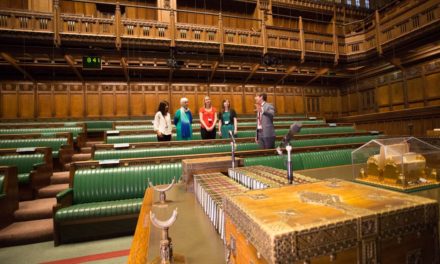Nearly every developed nation promotes itself as a travel destination to compete for international business travelers and tourists. They spend millions of dollars each year to attract this market, while the U.S. defers its branding effort to convention and visitors bureaus at the city and state levels.
Realizing the potential in lost revenue and jobs, Congressional leaders have introduced the U.S. Travel Promotion Act, legislation that would create a nonprofit corporation to promote U.S. tourism. The U.S. Travel Association says this is practically a done deal.
But funding for the program would primarily come from a new fee levied on about 30% of international travelers who choose to visit the U.S. This fee is not supported by everyone in the business travel industry. History has proven that once a tax or fee is established, it never goes away and frequently increases; the intent of such fees is often forgotten and politicians justify new uses for that money.
Overseas visitors already spend US$4,500 per visit. I couldn’t imagine telling a highly valued client of mine at this level that I would need to squeeze an extra US$10 from them. But when politicians discover a new source to generate US$100 million and potentially more, they notice how easy it is to have those small fees add up.
Part of the legislation is to create a marketing effort that provides for a welcoming message and information about security and entry to the U.S. Advocates of legislation say that the U.S. doesn’t spend any money to promote itself internationally. But that’s not really true. A U.S. Office of Travel & Tourism Industries already exists and should be better funded.
Plus, cities and states spend a significant amount of money at trade shows and to advertise themselves internationally from the local sales, hospitality and state taxes they already collect. Perhaps their marketers should come together and establish a unified message and presence – they should not wait for the U.S. government to oversee that effort.
If you need marketing advice or solutions, contact me.
Originally published February 17, 2010




